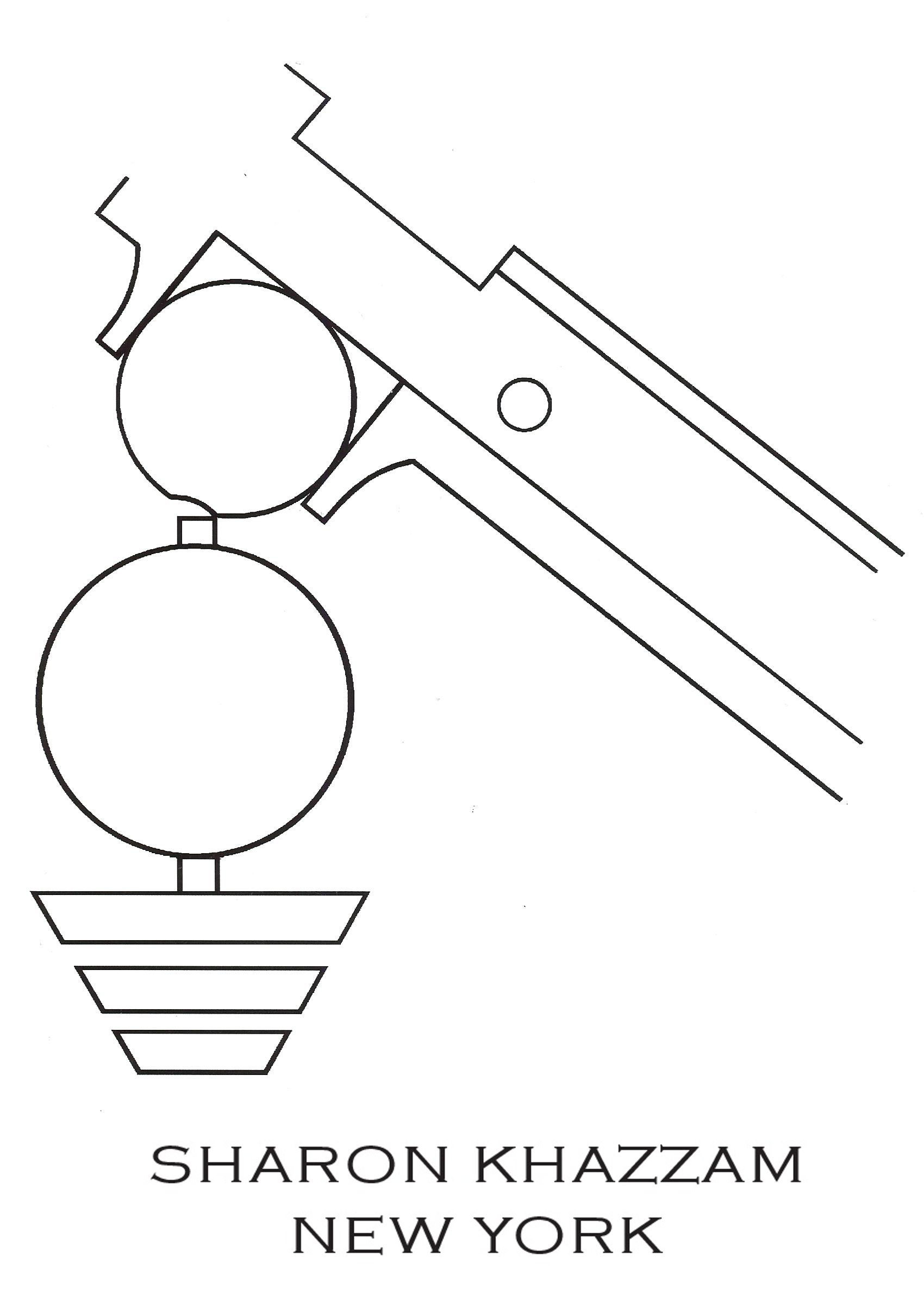Opening the Jewellery Box: The Pete
The PETE
Emerald Dreams To Dream
Inspired by the linear paintings of Piet Mondrian, the Pete gets its name from the artist’s anglicized first name. By using a variety of graphic gemstones, knife-edged gold and airspace, the Pete is a geometric statement on the balance between delicate and structural forms. Easily dressed up or down, this monochromatic necklace is at first glance a playful take on wearable art, but reveals upon deeper dissection an almost mystical homage to the gems’ natural origins.
Green To Be Seen
The Pete’s vertical pendant is composed of a collection of vibrant green gemstones set in eighteen-karat yellow gold. The majority of jewels are tsavorite garnets that graduate in hue from a pale green to a deeper bright green. Featured chiefly amidst these tsavorites are two magnificent trapiche emeralds from the prominent Muzo mines in Colombia: one emerald is uniquely shaped like a flower, and both are surrounded entirely by tsavorite garnets. These stones are offset by diamonds, including a diamond slice placed directly under the tsavorite garnet- and diamond-encrusted bail.
The entire pendant is suspended from a sixteen-inch, eighteen-karat green gold chain.
Emerald City
With emerald being one of the country’s top exports, Colombia’s emerald history is as rich as its mines, and traces back to before the arrival of Spanish conquistadors in the 14th century. Amongst Colombia’s oldest and most prestigious emerald mines are the Muzo mines in western Boyacá. These mines are known for their vibrant green gems—the emeralds’ interior jardins are so lush, it is as if the stones are alive with the spirit of the surrounding jungle. The earliest records of mining in the region go as far back as 400 BC, with indigenous Muzo people using hard tropical wood and water to strip mine emeralds off of the mother formations.
While emerald gets its iconic green hue from the presence of chromium, the presence of other trace elements can create stunning natural patterns within the jewel. Trapiche emeralds occur when black carbon enters the stone during formation, forming a black radial pattern within the emerald’s hexagonal crystal structure. “Trapiche” is named after the grinding wheels used in Colombia to process sugarcane, as these unique gems resemble a wheel with spokes. Originally only found in Colombian mines, trapiche emeralds are still very rare due to their limited sourcing.






